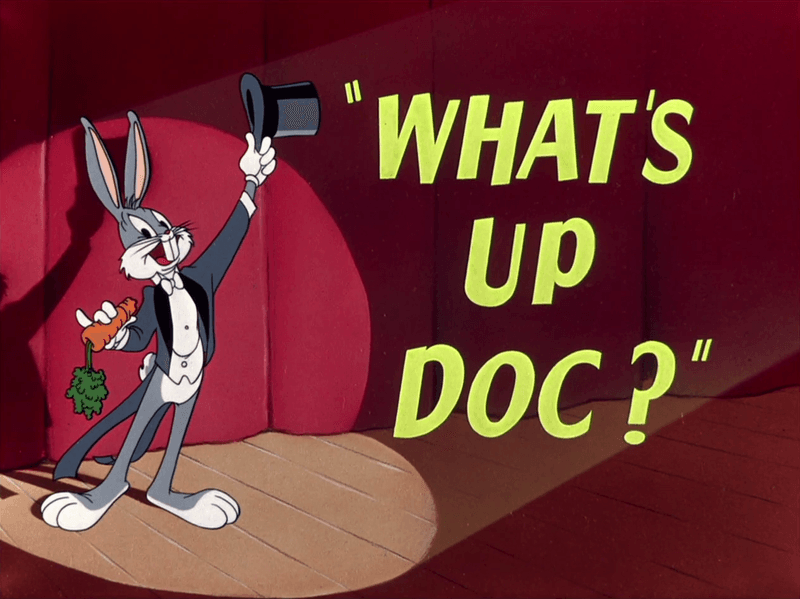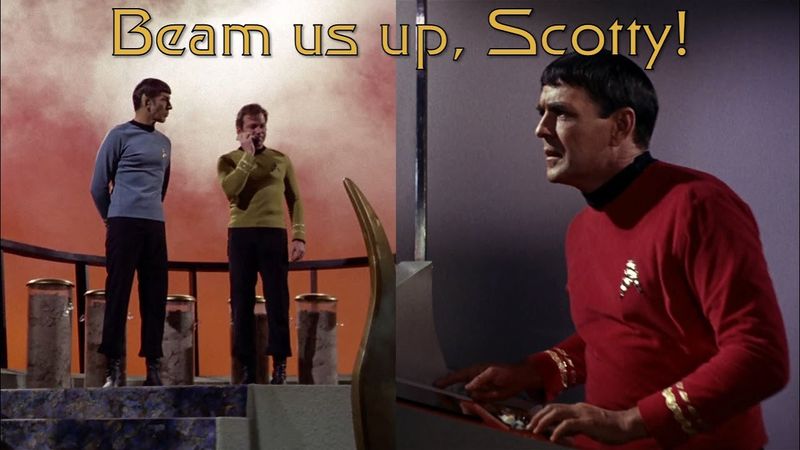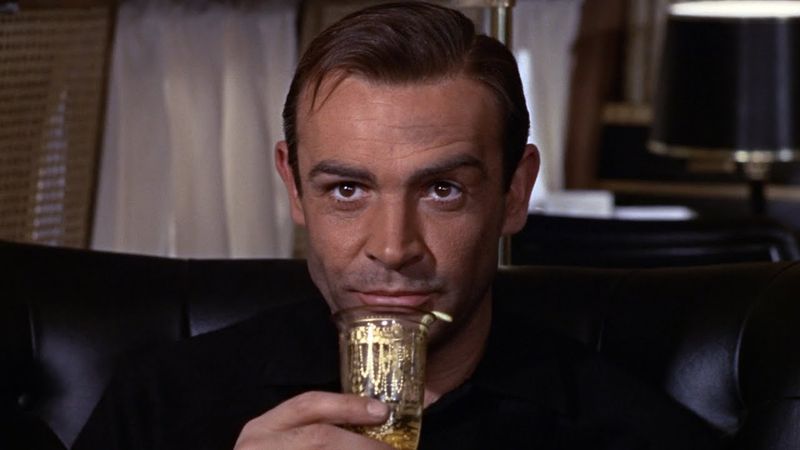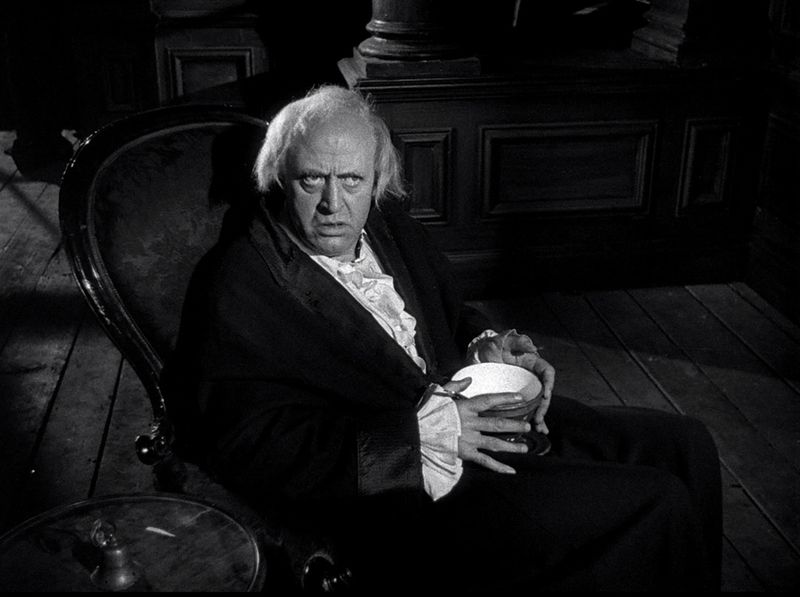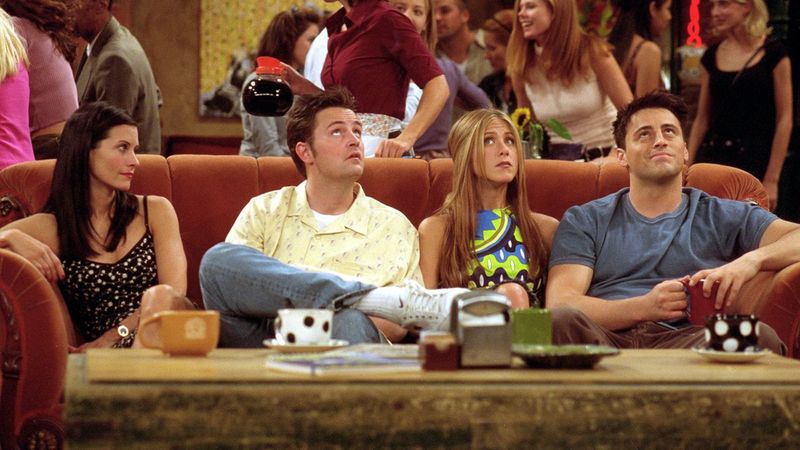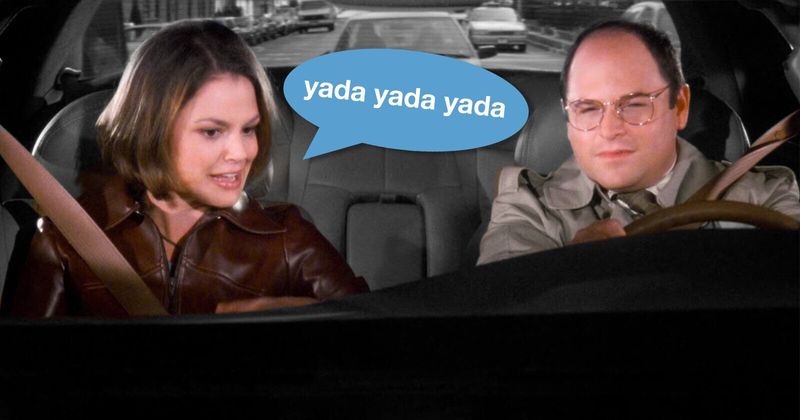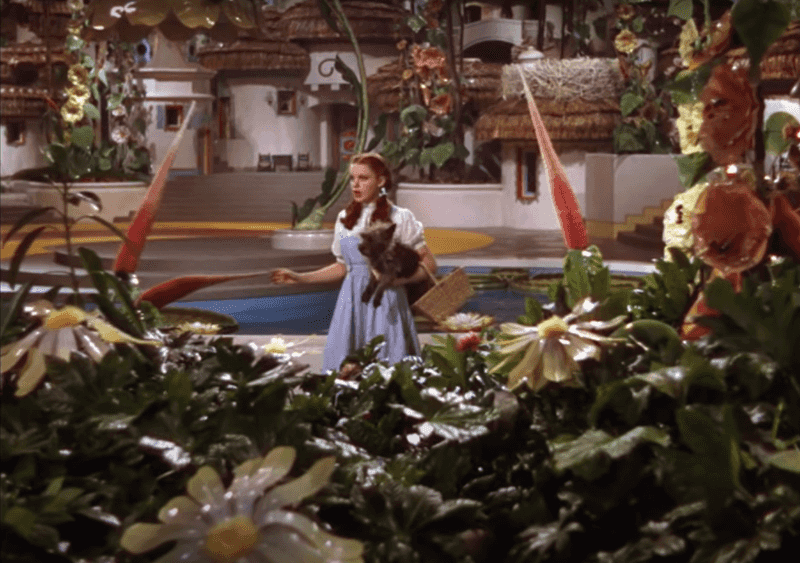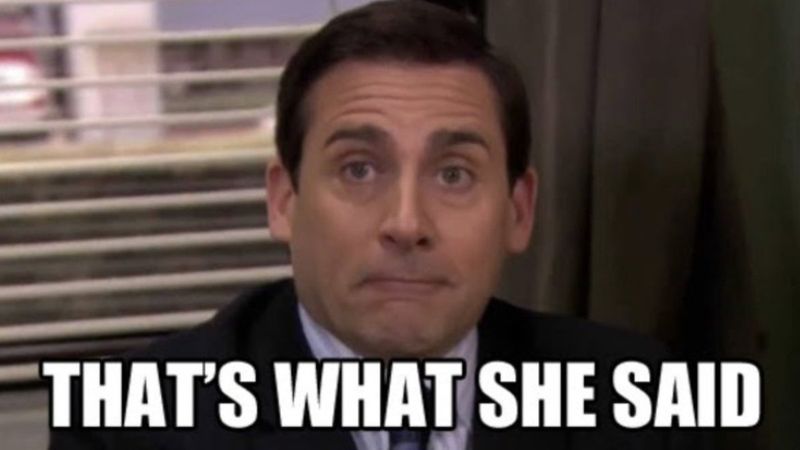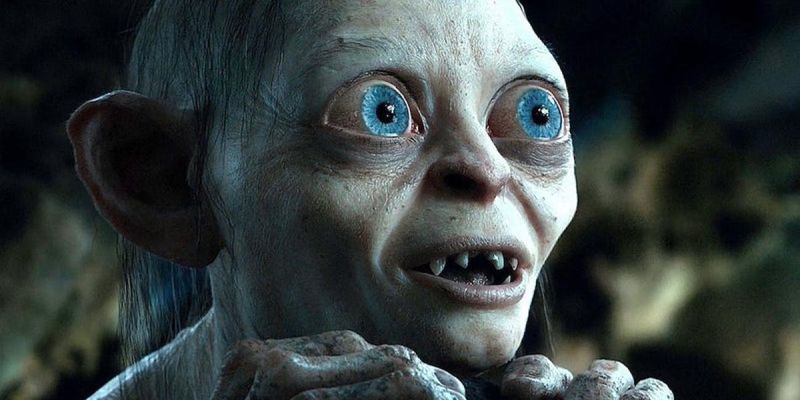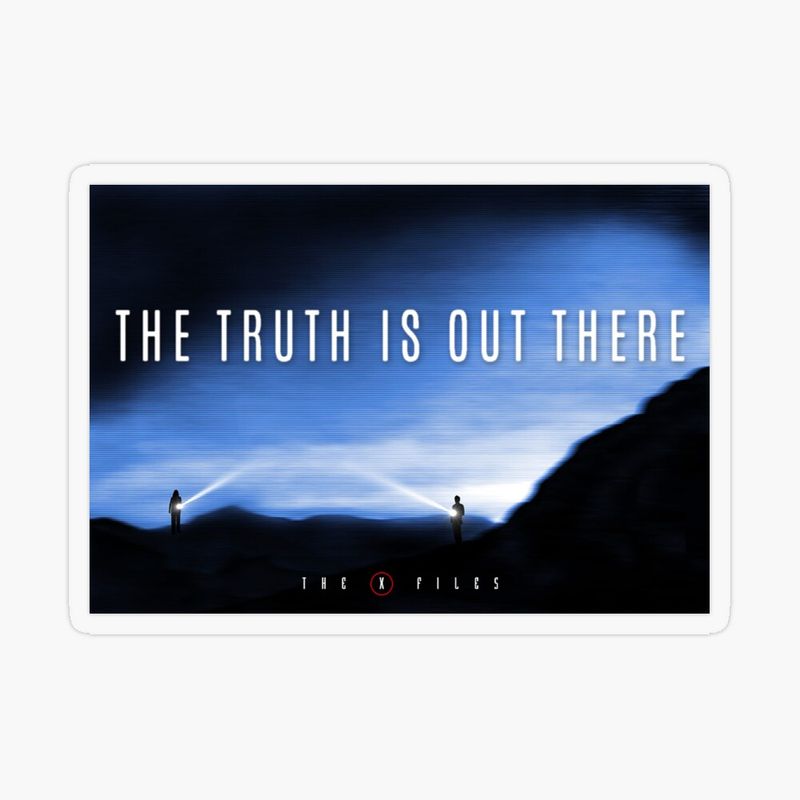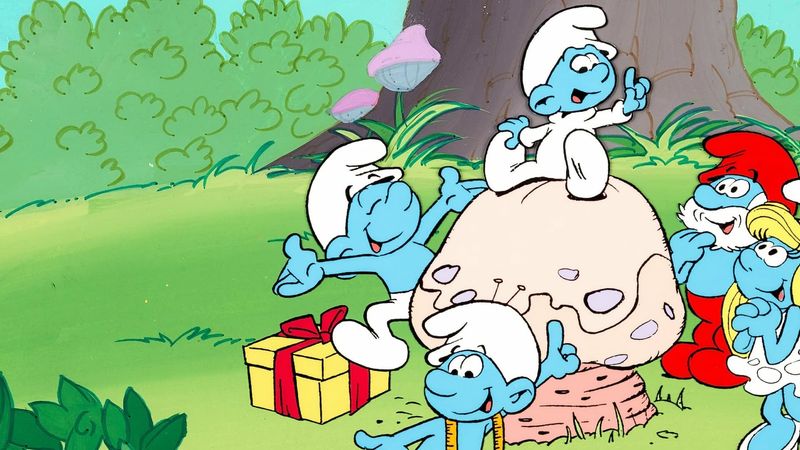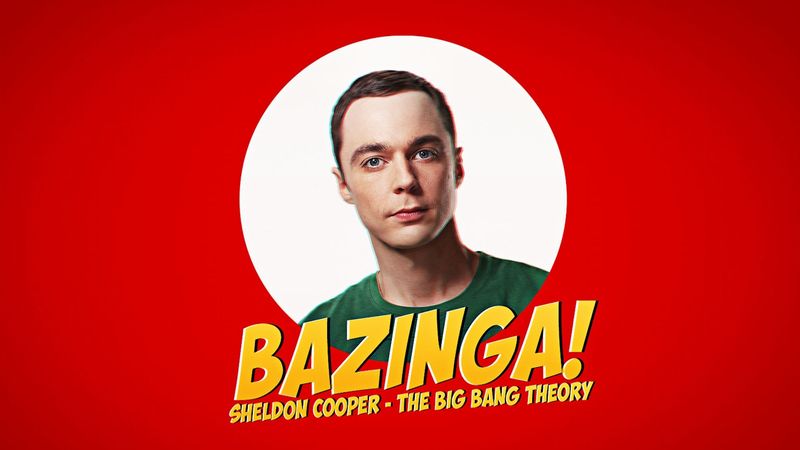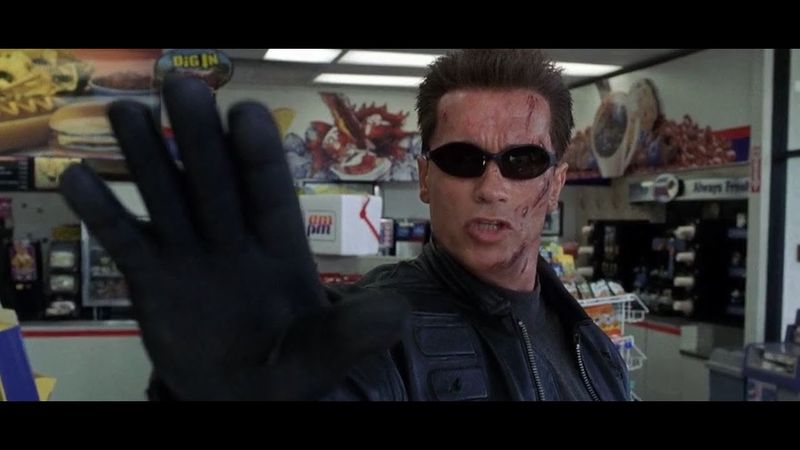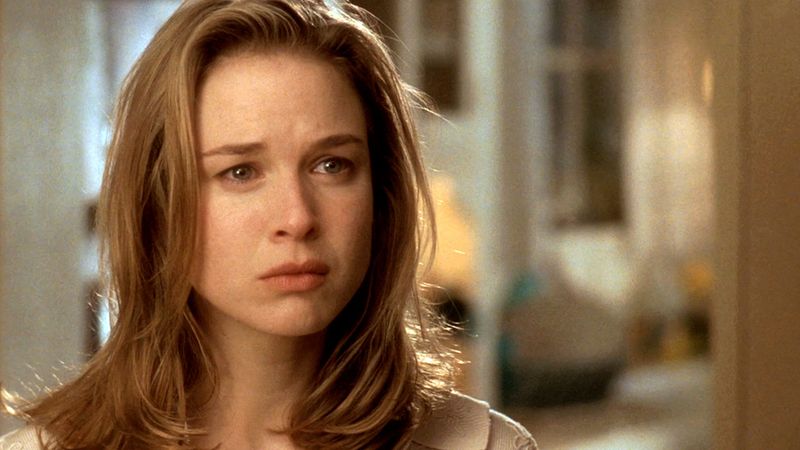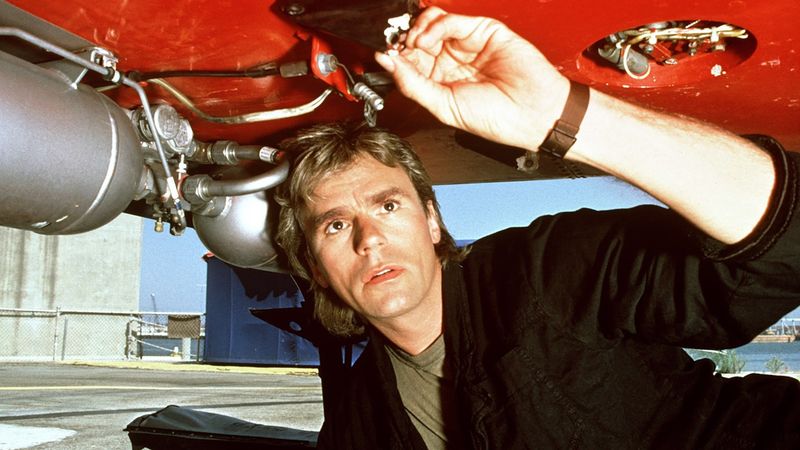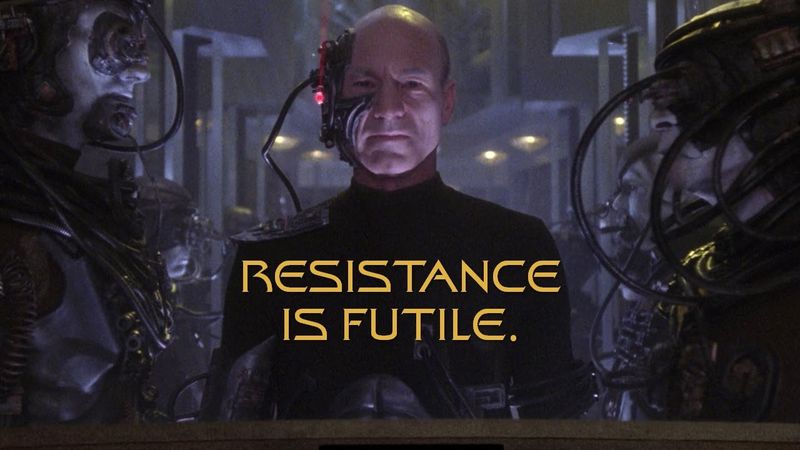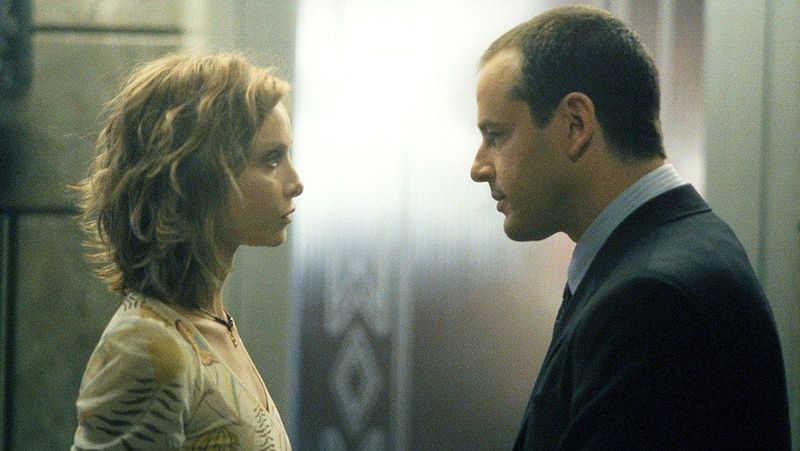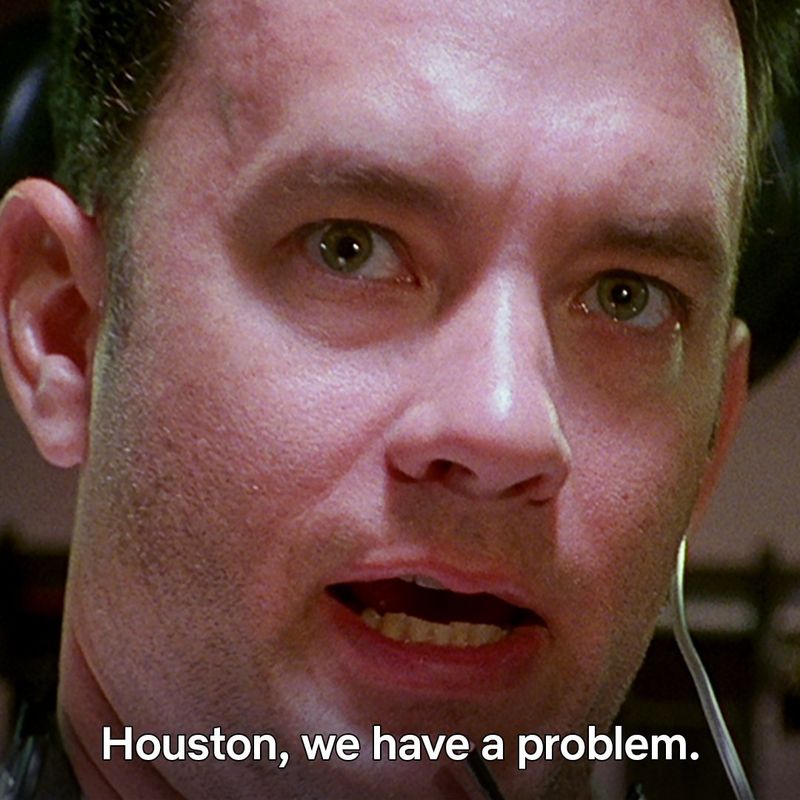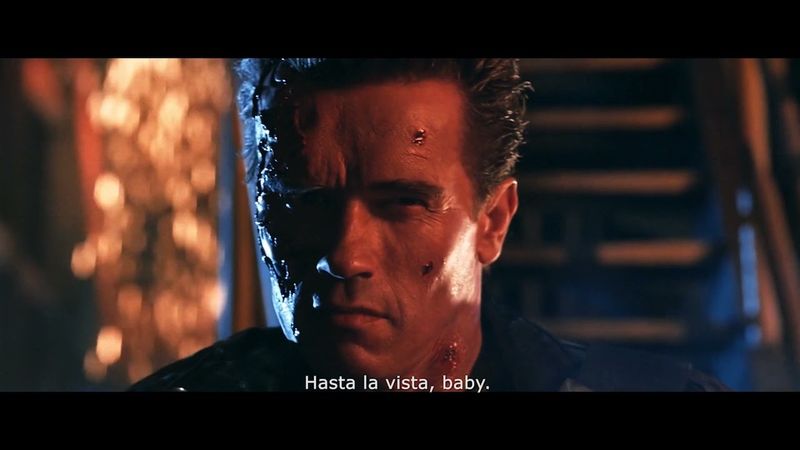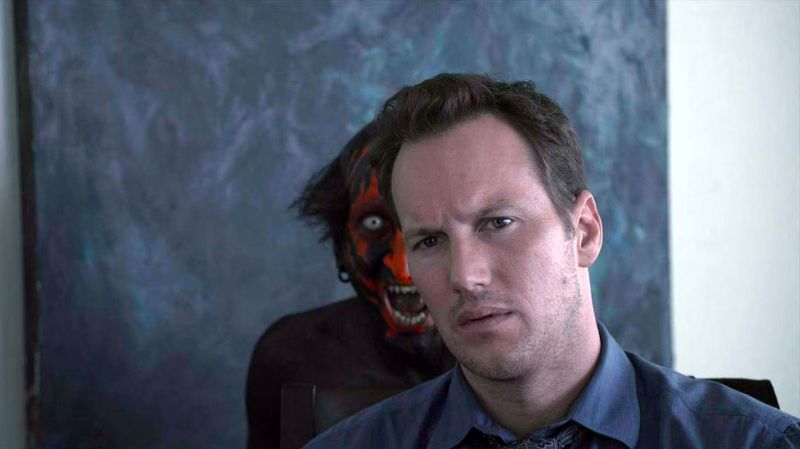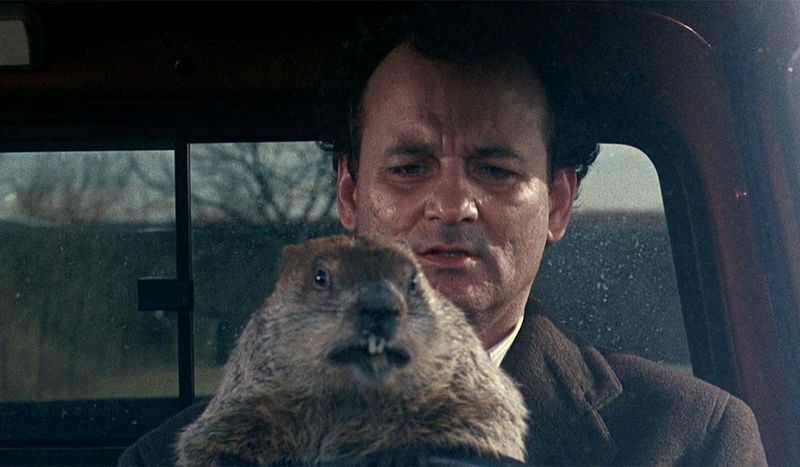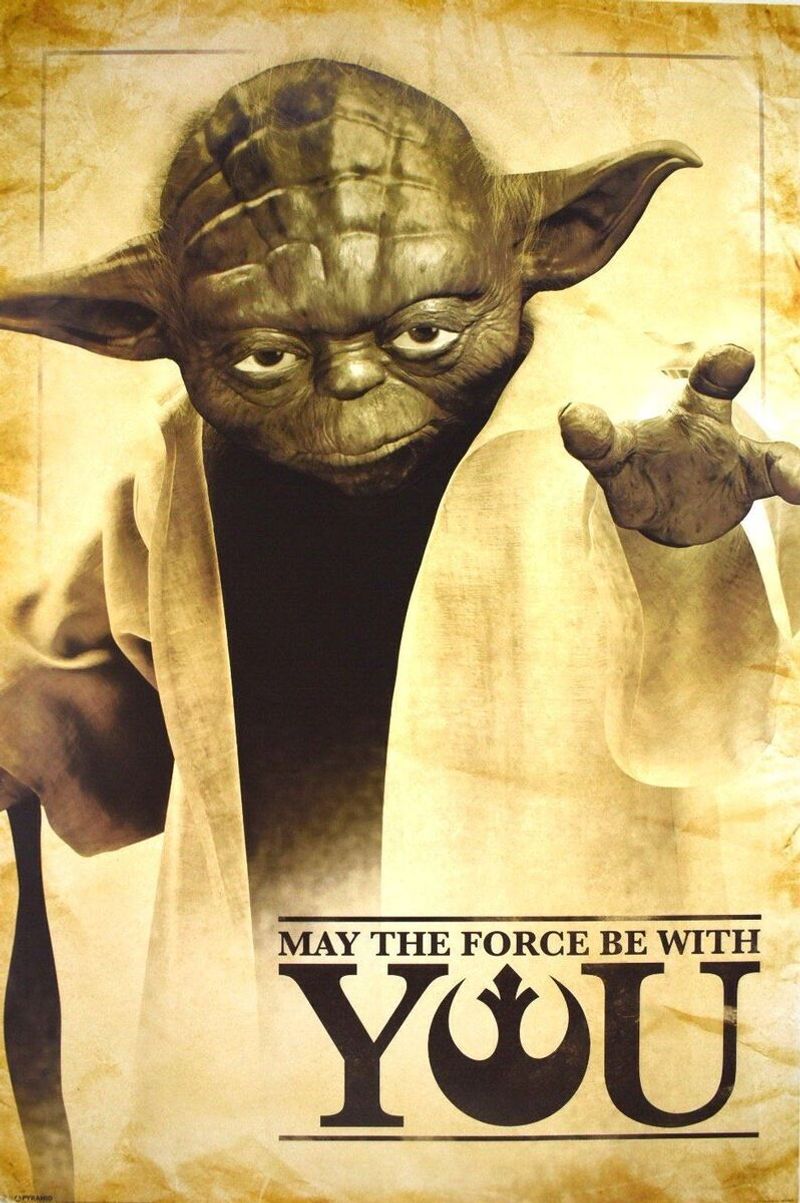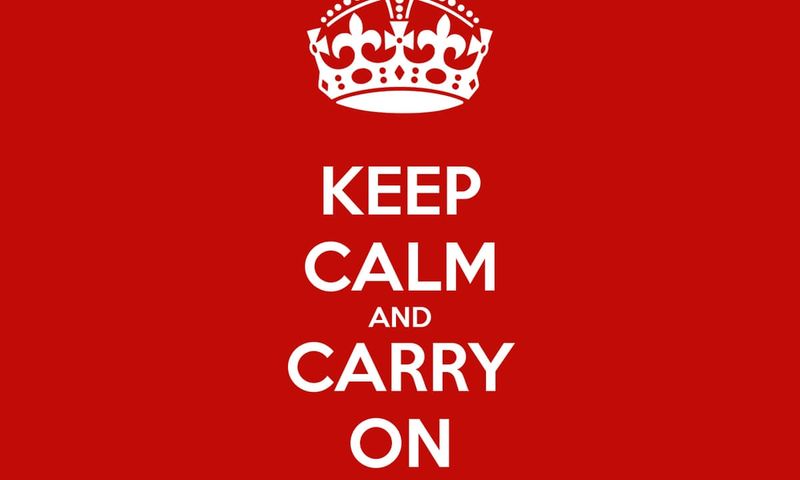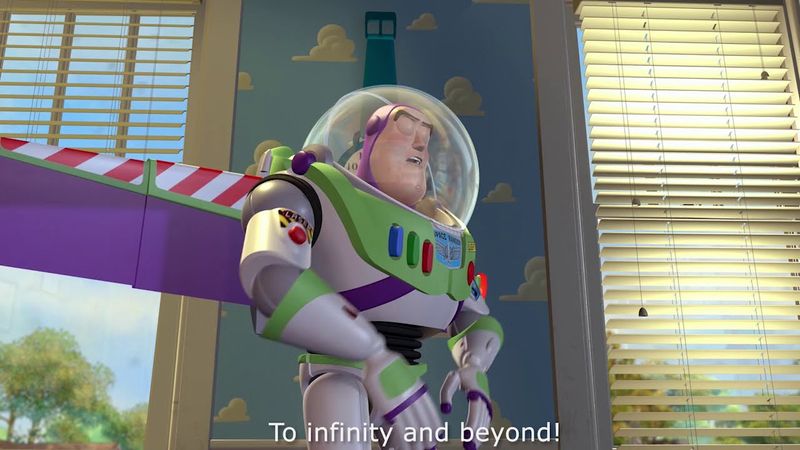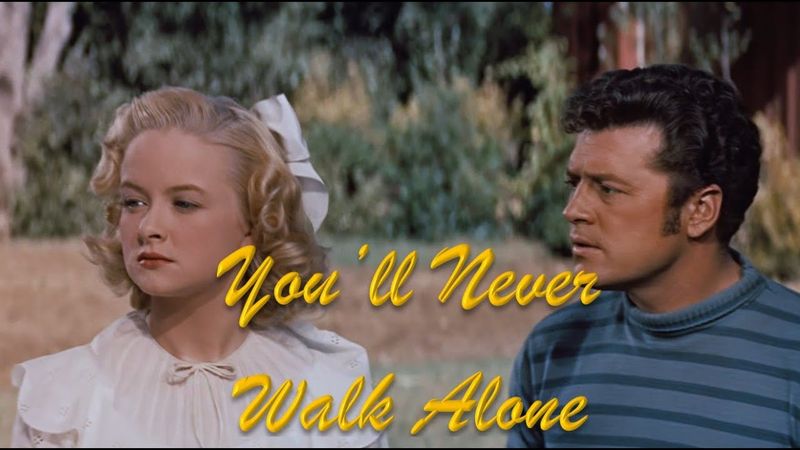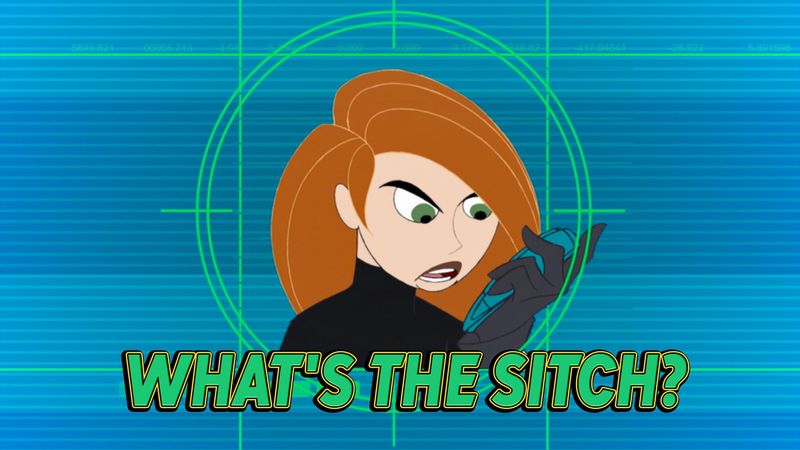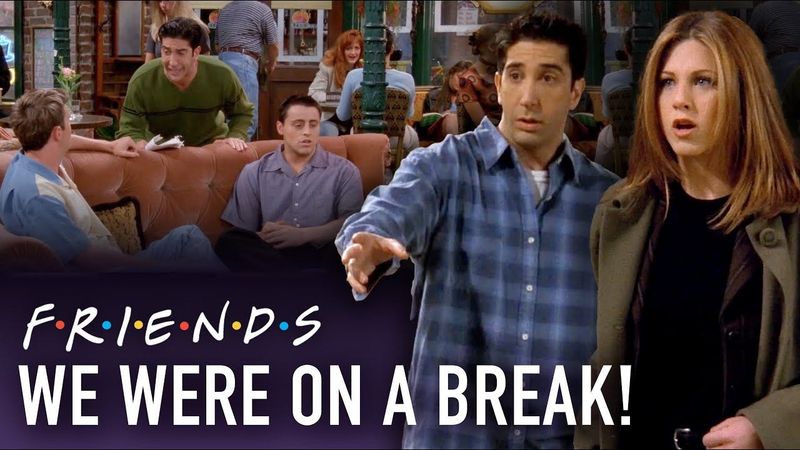Ever wondered where some of your favorite slang words come from? You might be surprised to know that a significant number of them originated from the world of television and movies.
These terms have seeped into everyday language, offering a playful glimpse into pop culture’s impact on how we communicate.
Whether you’re a fan of classic films or binge-watching new series, there’s no denying the fascinating origins of these 32 slang words. Each word carries a unique story, often tied to iconic scenes or characters that have left a lasting mark on language and culture.
1. What’s Up, Doc?
“What’s Up, Doc?” is a playful greeting that became synonymous with Bugs Bunny, the beloved cartoon character. This casual phrase captures the essence of Bugs’ laid-back, witty personality.
It has been ingrained in popular culture, serving as a lighthearted way to say hello. The phrase’s charm lies in its simplicity and association with animated humor.
“What’s Up, Doc?” showcases how cartoons can influence language, creating expressions that endure across generations. Its enduring appeal reflects the timeless nature of classic animation and its ability to delight audiences with clever catchphrases.
2. Beam Me Up, Scotty
“Beam Me Up, Scotty” hails from the iconic “Star Trek” series, capturing the essence of futuristic travel. While the exact phrase was never uttered, its sentiment is rooted in the show’s transporter technology.
It has since become a cultural catchphrase, symbolizing the desire to escape or be transported away from a situation. This phrase highlights the show’s influence, embedding itself in the lexicon of science fiction fans and beyond.
Its enduring popularity underscores the power of TV to create memorable expressions that transcend their original context, becoming part of everyday language.
3. Shaken, Not Stirred
“Shaken, Not Stirred” is a phrase synonymous with sophistication, thanks to the James Bond film series. This specific drink order captures the suave, composed demeanor of the iconic spy.
It has become shorthand for elegance and meticulousness, resonating with fans and cocktail enthusiasts alike. The line’s enduring appeal lies in its association with the glamorous, high-stakes world of espionage.
It highlights the power of film to create memorable moments that transcend their original context, becoming a part of everyday language. “Shaken, Not Stirred” remains a symbol of class and refinement, embodying the allure of cinematic cool.
4. Bah Humbug!
“Bah Humbug!” is famously associated with Ebenezer Scrooge from Charles Dickens’ “A Christmas Carol.” This exclamation signifies disdain or skepticism towards festive cheer. Scrooge’s journey from miser to merrymaker is a tale as old as time.
The phrase captures his initial dismissiveness towards Christmas, and its usage has now extended to any expression of disapproval or cynicism. Its enduring popularity highlights how iconic characters can shape our language.
Whether used ironically or sincerely, it adds a whimsical, old-world flavor to modern conversations, keeping Dickens’ spirit alive in every holiday season.
5. Binge-Watch
“Binge-Watch” is a term born from the era of streaming services, but its roots can be traced back to the early days of boxed TV series. It describes watching multiple episodes or even entire seasons in one sitting.
The convenience of digital platforms has turned it into a weekend ritual for many. The phrase encapsulates the allure of immersive storytelling, allowing viewers to become enveloped in a series without interruption.
It’s a testament to the changing landscape of how we consume media, reflecting a desire for instant gratification and continuous entertainment.
6. Yada Yada Yada
“Yada Yada Yada” is a casual phrase that gained popularity from the sitcom “Seinfeld.” It serves as a verbal shortcut for skipping over unnecessary details.
The show’s comedic genius lay in its ability to highlight everyday minutiae, and this phrase perfectly encapsulates that spirit. It’s now commonly used when narrating stories, sparing the listener from mundane or obvious parts.
The phrase’s brilliance is in its brevity, allowing conversations to flow smoothly. Its adoption into the vernacular showcases how television can influence the way we communicate, adding a humorous touch to storytelling.
7. Catch-22
The term “Catch-22” comes from the novel-turned-movie of the same name and symbolizes a no-win situation. It describes a paradoxical predicament where one is trapped by contradictory rules or conditions.
The character’s struggles in the film highlight the absurdity of bureaucratic logic. This phrase has since become a staple in describing frustrating and illogical dilemmas. Its widespread use demonstrates how literature and film can capture complex concepts in a single, memorable expression.
The term resonates with anyone who has faced an impossible situation, offering a perfect linguistic tool to describe bureaucratic absurdity.
8. Jump the Shark
The phrase “Jump the Shark” made its splashy debut in the TV show “Happy Days.” It refers to a moment when something once popular begins to decline in quality. In a memorable episode, Fonzie literally jumps over a shark.
This scene has become iconic, symbolizing that jarring moment when a show takes a turn for the worse. Its usage has expanded, encompassing any scenario where something takes an absurd or illogical dive.
Now, people use it to describe real-life situations that have lost their luster or credibility. It’s a cultural shorthand for decline, with a dash of nostalgia.
9. We’re Not in Kansas Anymore
The phrase “We’re Not in Kansas Anymore” originates from the classic film “The Wizard of Oz.” Uttered by Dorothy, it signifies a departure from the familiar into the unknown. This saying captures the essence of unexpected change or new, unfamiliar experiences.
Its usage has expanded beyond its cinematic roots, often employed to describe situations that feel surreal or out of one’s comfort zone.
It highlights the film’s enduring impact, showcasing how movies can leave a lasting imprint on language. This expression continues to resonate, evoking a sense of wonder and exploration.
10. The Office’s “That’s What She Said”
“That’s what she said” became a widely used punchline thanks to the American version of The Office, where the character Michael Scott frequently employed it to turn innocent remarks into suggestive jokes.
This phrase has a playful, double entendre quality that adds comedic flair to everyday conversations.nnThe charm of “That’s what she said” lies in its timing and delivery.
It requires the speaker to cleverly insert the line at just the right moment, adding an unexpected twist to the dialogue.
The humor often hinges on the element of surprise and the ability to catch listeners off guard.
Today, “That’s what she said” continues to thrive as a popular catchphrase, with its enduring appeal rooted in its versatility and its connection to the beloved show, The Office.
11. My Precious
“My Precious” became iconic thanks to Gollum in “The Lord of the Rings.” This phrase epitomizes obsession, with Gollum’s fixation on the One Ring serving as a central theme.
The character’s haunting voice and fervent repetition of the words have left an indelible mark on pop culture. It’s evolved into a humorous shorthand for describing strong attachment or possessiveness.
The phrase’s journey from page to screen exemplifies the power of film adaptations to popularize literary expressions. It remains a testament to the trilogy’s cultural impact, resonating with audiences worldwide.
12. The Truth Is Out There
“The Truth Is Out There” became a mantra for fans of “The X-Files.” It encapsulates the show’s central theme of seeking hidden truths in a world filled with conspiracy.
This phrase echoes the relentless pursuit of knowledge and has found a place in discussions beyond the paranormal. Its enigmatic appeal lies in the promise of uncovering secrets, urging individuals to question the status quo.
The show’s cultural impact is evident in how this phrase has transcended its origin, becoming a rallying cry for skeptics and truth-seekers alike. It embodies the spirit of curiosity and discovery.
13. Smurf
The word “smurf” doesn’t just refer to those adorable little blue creatures from the animated series. In gaming and online contexts, “smurfing” is a term used when a skilled player creates a new account to play against less experienced opponents.
This clever practice allows them to dominate games without the pressure of their main ranking.
Originally, the Smurfs made their debut in the comic strip created by Belgian artist Peyo.
Their popularity soared with the animated television series that enchanted audiences worldwide. The term has since evolved beyond its whimsical roots to become a part of gamer lingo.
14. Bazinga
“Bazinga” became synonymous with practical jokes, thanks to Sheldon Cooper from “The Big Bang Theory.” This term punctuates a successful prank or mischievous remark, embodying Sheldon’s quirky humor.
The show captured the essence of geek culture, and “Bazinga” is now a playful reminder of its influence. Its adoption into real-life conversations highlights the show’s impact, appealing to both science enthusiasts and casual viewers.
The term’s lightheartedness and association with cleverness have made it a beloved catchphrase, adding a touch of nerdy fun to everyday interactions. It’s a celebration of humor and intelligence.
15. Talk to the Hand
“Talk to the Hand” gained traction in the 1990s, popularized by the film “Terminator 2: Judgment Day.” This phrase signifies dismissing unwanted conversation, paired with a hand gesture.
Its cheeky defiance became emblematic of the era’s youthful rebellion. The saying’s playful yet assertive nature captured the spirit of a generation and found its way into everyday language.
It serves as a humorous way to end a dialogue or show disinterest. Even today, it resonates as a nostalgic nod to the 90s, reminding us of the film’s lasting cultural footprint.
16. You Had Me at Hello
“You Had Me at Hello” was immortalized in the film “Jerry Maguire.” This heartfelt line conveys the power of first impressions and instant connections. The phrase has since become shorthand for expressing emotional impact and vulnerability.
Its simplicity and sincerity resonate with audiences, reflecting the film’s romantic themes. This line continues to be quoted in declarations of love and appreciation, showcasing its timelessness.
It’s a reminder of cinema’s ability to capture universal emotions in a single, memorable phrase. The enduring popularity of this line underscores its place in cultural and romantic lexicons.
17. McGyver
“McGyver” turned from a TV character into a verb that describes someone who can fix any problem with limited resources.
This term originated from the 1985 TV show “MacGyver,” featuring the resourceful secret agent who could defuse bombs and solve problems using everyday objects like paperclips and duct tape.
People use “McGyver” to describe creative problem-solving skills in everyday life. Whether fixing a leaky pipe with chewing gum or using a shoelace as a belt, this term captures the essence of ingenuity.
18. Resistance is Futile
“Resistance is Futile” is a phrase that instills awe and trepidation, originating from the “Star Trek” series. Uttered by the Borg, it signifies inevitable assimilation, underscoring the chilling power of this collective.
The phrase has seeped into wider culture, often used humorously to describe situations where opposition seems pointless. Its foreboding tone captures the imagination, serving as a cautionary tale of technological dominance.
The phrase’s impact is a testament to the show’s ability to embed powerful, thought-provoking concepts into the popular lexicon, sparking discussions about identity, autonomy, and resistance.
19. Bygones
“Bygones” is a succinct phrase popularized by the TV series “Ally McBeal.” It represents the idea of letting past grievances be forgotten. This term captures the show’s focus on personal growth and complex relationships.
Its usage encourages reconciliation and moving forward, embodying the show’s themes of forgiveness and self-discovery. “Bygones” offers a simple yet powerful tool for emotional healing, resonating with those seeking closure and peace.
The phrase’s lasting appeal highlights television’s influence on promoting positive interpersonal dynamics and has become a gentle reminder of the benefits of letting go.
20. Houston, We Have a Problem
“Houston, We Have a Problem” became famous through the film “Apollo 13.” This phrase conveys the gravity and urgency of an unexpected challenge.
It has transcended its original context, now used to describe any situation that requires immediate attention or poses a significant issue. The line captures the drama and tension of space exploration, highlighting human ingenuity in the face of adversity.
Its adoption into everyday language reflects our fascination with space and problem-solving. This enduring phrase serves as a reminder of the resilience and determination that define human endeavors.
21. Hasta La Vista, Baby
“Hasta La Vista, Baby” is a phrase that exudes coolness, immortalized by Arnold Schwarzenegger in “Terminator 2: Judgment Day.” This cinematic goodbye has become synonymous with style and confidence.
The line’s blend of English and Spanish reflects the film’s cross-cultural appeal, resonating with audiences worldwide. Its playful yet assertive tone adds a touch of flair to farewells, showcasing how movies can elevate simple phrases into iconic moments.
The enduring popularity of this line highlights the power of film to create lasting cultural touchstones, blending language, emotion, and entertainment.
22. Jump Scare
The term “Jump Scare” describes an unexpected, startling moment in films, particularly horror. It has its roots in cinematic techniques designed to evoke fear and surprise. This phrase captures the essence of suspense, keeping audiences on the edge of their seats.
“Jump Scare” has become a staple in horror filmmaking, illustrating the genre’s ability to manipulate emotions. Its usage extends beyond film, often describing sudden shocks in real life.
The term reflects the enduring appeal of horror and its influence on storytelling, offering a linguistic shorthand for thrilling and frightful experiences.
23. Groundhog Day
“Groundhog Day” describes monotonous repetition, originating from the film of the same name. It refers to reliving the same day over and over, akin to the character’s experience in the movie.
This phrase has become a metaphor for routine or unchanging situations. Its widespread use underscores the film’s cultural impact, highlighting the relatable nature of feeling stuck in a cycle.
“Groundhog Day” resonates with anyone who has experienced the tedium of daily life, offering a lighthearted yet poignant expression of frustration. Its cinematic origins have secured its place in the lexicon of modern language.
24. D’oh!
“D’oh!” is a comical exclamation of frustration, popularized by Homer Simpson from “The Simpsons.” This monosyllabic outburst conveys a range of emotions, from annoyance to realization.
The show’s clever writing and humor have embedded “D’oh!” into pop culture, making it a recognized part of everyday speech. Its simplicity yet expressiveness captures the essence of human error and folly.
The term highlights the show’s influence on language and entertainment, providing a humorous lens through which we view life’s mishaps. “D’oh!” remains a beloved catchphrase, reflecting the enduring legacy of animated satire.
25. May the Force Be With You
“May the Force Be With You” is a phrase that embodies hope and goodwill, originating from the “Star Wars” saga. This iconic line conveys a wish for strength and guidance, resonating with audiences and fans alike.
Its universal appeal has transcended the films, becoming a mantra for encouragement and support in various contexts. The phrase’s enduring popularity is a testament to the saga’s cultural significance, capturing the imagination of generations.
It remains a symbol of unity and empowerment, illustrating the impact of science fiction on creating timeless expressions that inspire and uplift.
26. Keep Calm and Carry On
“Keep Calm and Carry On” originated as a British wartime slogan, but gained renewed popularity through films and television. Its message of resilience and composure in the face of adversity resonates strongly in modern culture.
This phrase has been adapted into countless variations, demonstrating its flexibility and timelessness. It encourages a steady, rational approach to challenges, echoing themes of courage and determination.
The phrase’s revival reflects media’s power to breathe new life into historical expressions, making them relevant for contemporary audiences. It serves as a reminder of the enduring human spirit and the power of perseverance.
27. To Infinity and Beyond
“To Infinity and Beyond” is a phrase that captures the spirit of adventure, popularized by Buzz Lightyear from “Toy Story.” This enthusiastic declaration embodies a boundless desire for exploration and discovery.
Its inspiring message has resonated with audiences of all ages, becoming a rallying cry for dreamers and adventurers. The phrase’s playful optimism reflects the film’s themes of friendship and imagination.
It remains a testament to the power of animation and storytelling, highlighting how films can create lasting expressions that encourage hope and wonder. “To Infinity and Beyond” continues to inspire future generations.
28. You’ll Never Walk Alone
“You’ll Never Walk Alone” is a phrase that conveys solidarity and support, famously associated with Liverpool F.C. and its fans. Its origins lie in the musical “Carousel,” but its adoption by sports culture has given it a new dimension.
The phrase embodies the spirit of unity and resilience, resonating with communities and individuals facing challenges. Its powerful message has transcended sports, becoming a universal expression of companionship and hope.
The enduring appeal of “You’ll Never Walk Alone” highlights the role of media in shaping cultural narratives, fostering connection, and providing comfort in times of adversity.
29. What’s the Sitch?
“What’s the Sitch?” is a casual inquiry popularized by the animated series “Kim Possible.” This phrase represents a playful way to ask about the current situation or problem.
Its catchy, informal tone captures the show’s adventurous spirit, appealing to fans of all ages. The term has been embraced in everyday conversations, reflecting the series’ impact on pop culture.
“What’s the Sitch?” offers a fun, energetic approach to problem-solving, embodying the show’s themes of friendship and courage. Its enduring popularity illustrates how animated series can leave a lasting imprint on language and communication.
30. We’re on a Break
“We’re on a Break” is a phrase that encapsulates relationship ambiguity, popularized by the TV show “Friends.” This line, delivered during a pivotal moment, has sparked endless debates among fans.
It represents the complexities of modern romance, highlighting issues of communication and misunderstanding. The phrase has transcended its origin, becoming shorthand for relationship pauses and the challenges they entail.
Its enduring popularity reflects the show’s influence on how we perceive love and relationships. “We’re on a Break” continues to be referenced in discussions about dating, showcasing the show’s cultural impact and relatable storytelling.
31. It’s a Trap!
“It’s a Trap!” is a phrase that conveys imminent danger, made famous by Admiral Ackbar in “Star Wars: Return of the Jedi.” This line encapsulates the urgency and tension of strategic confrontations.
It has become a humorous expression used to highlight suspicious situations or impending setbacks. The phrase’s succinctness and dramatic flair have ensured its survival in popular culture.
“It’s a Trap!” reflects the film’s ability to create memorable moments that resonate with audiences, illustrating the power of iconic dialogue to transcend its original context and become a part of everyday language.
32. Going Postal
“Going Postal” originated from a series of tragic events involving postal workers in the 1980s and ’90s. Its portrayal in films cemented it as slang for sudden, uncontrollable rage.
While its origins are somber, the term is now widely used to describe extreme, unexpected outbursts. It reflects how real-world events can seep into pop culture, influencing language in unexpected ways.
The phrase serves as a reminder of the pressures inherent in high-stress jobs. It has become a part of everyday language, illustrating the blending of media representation with societal realities.

